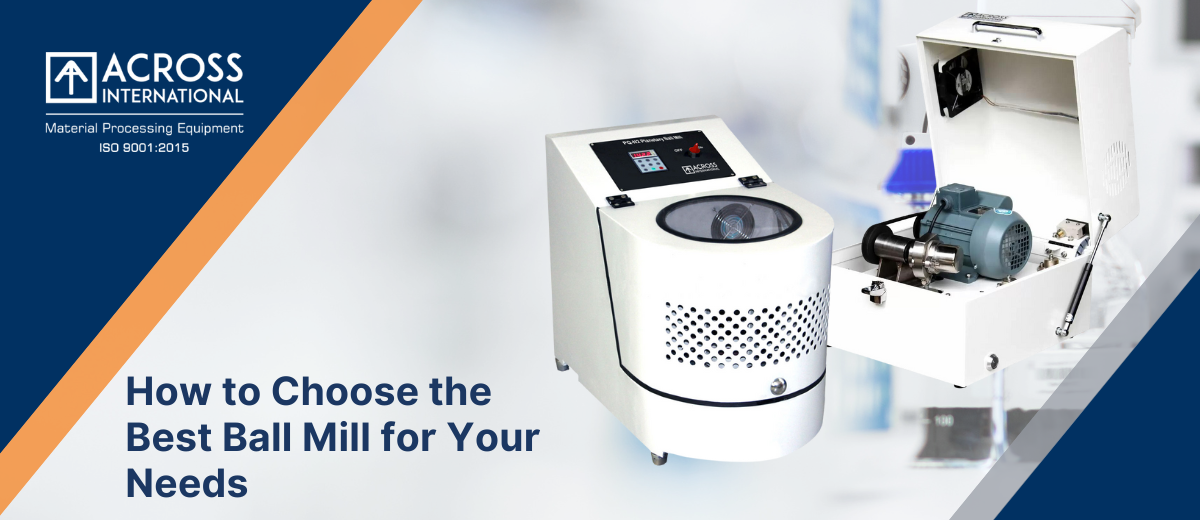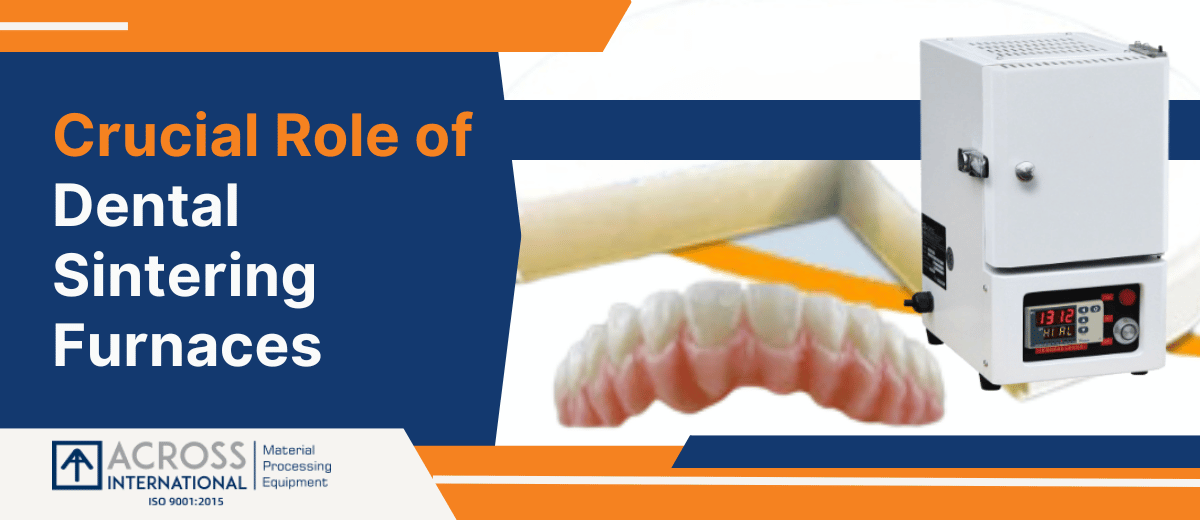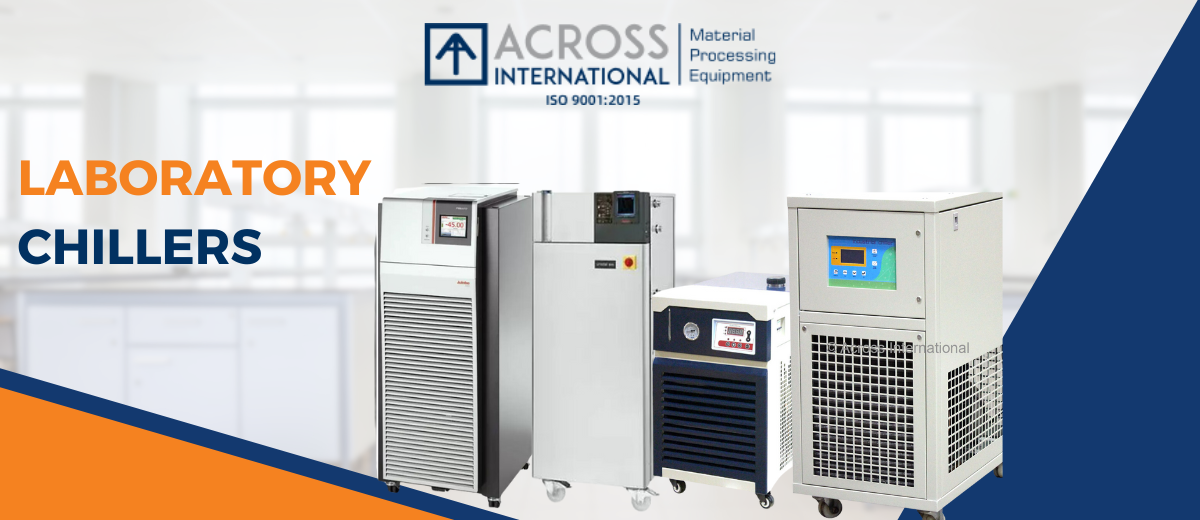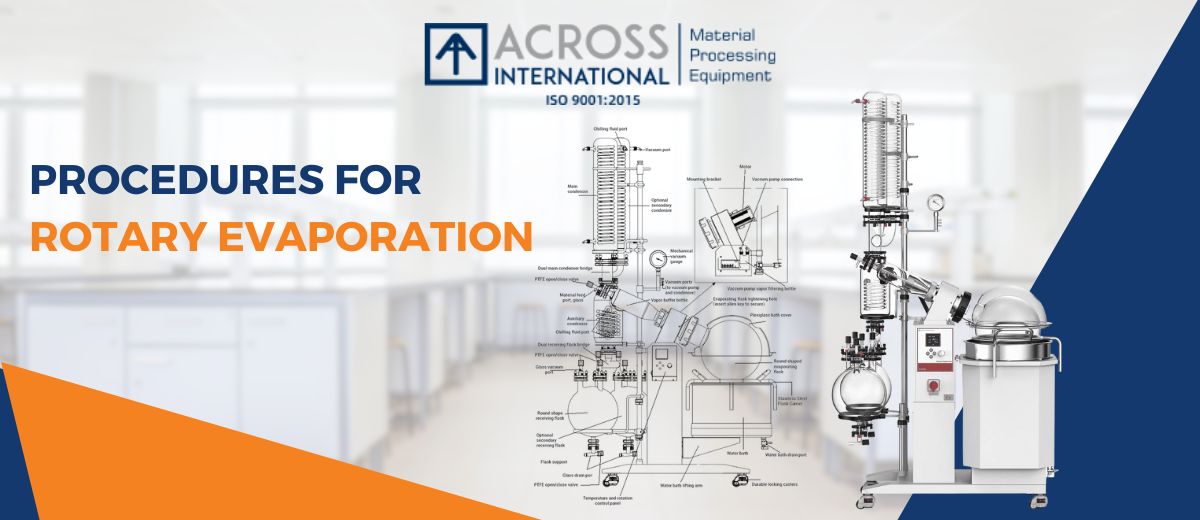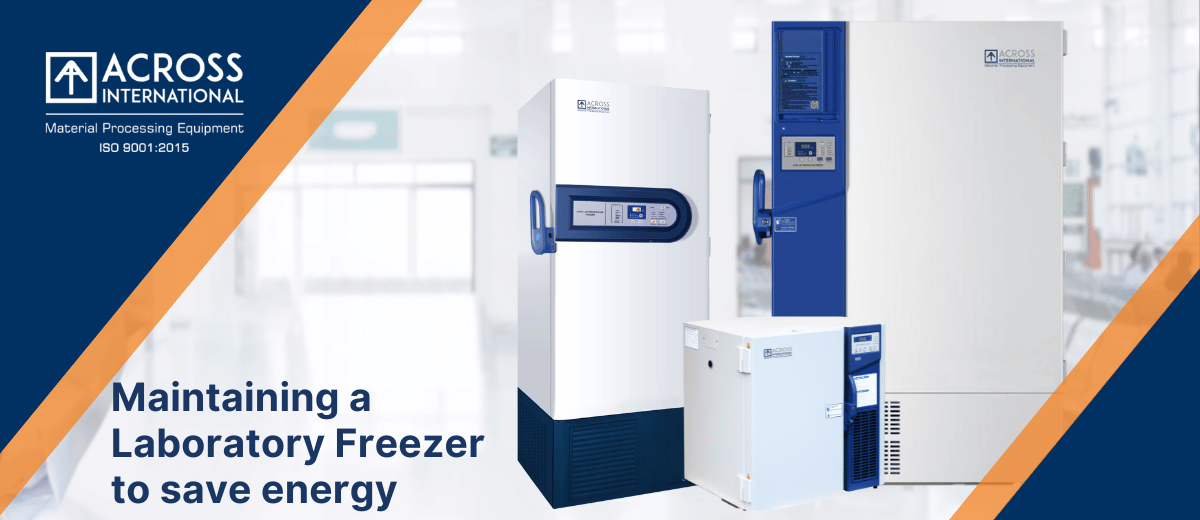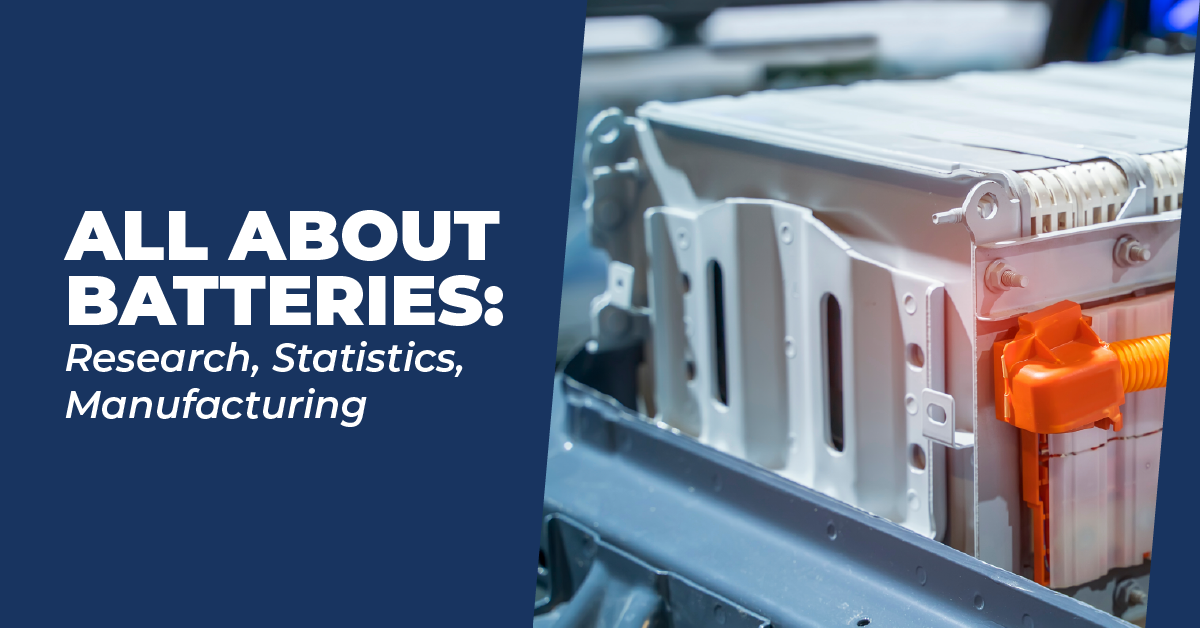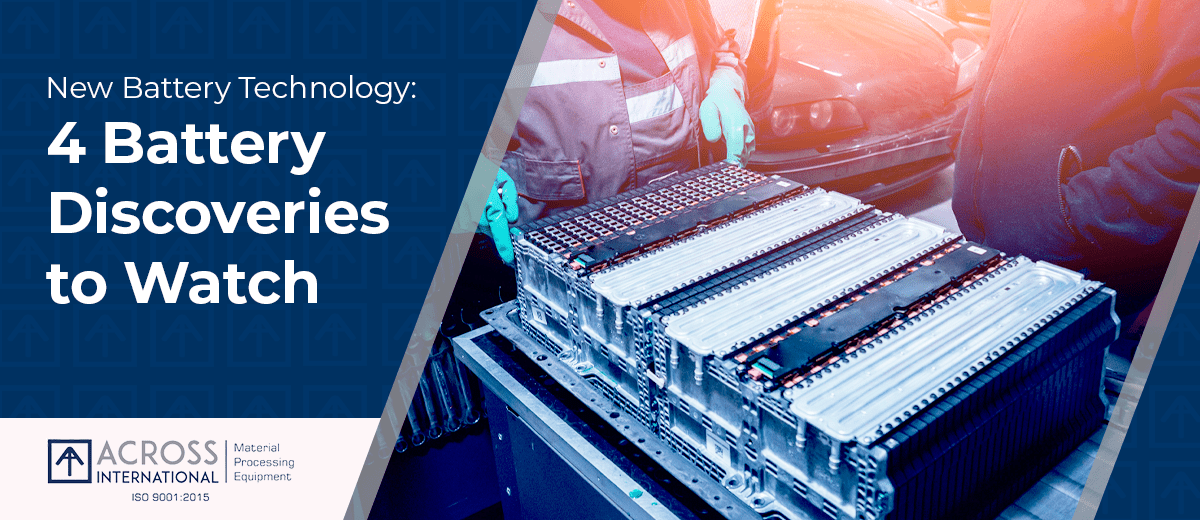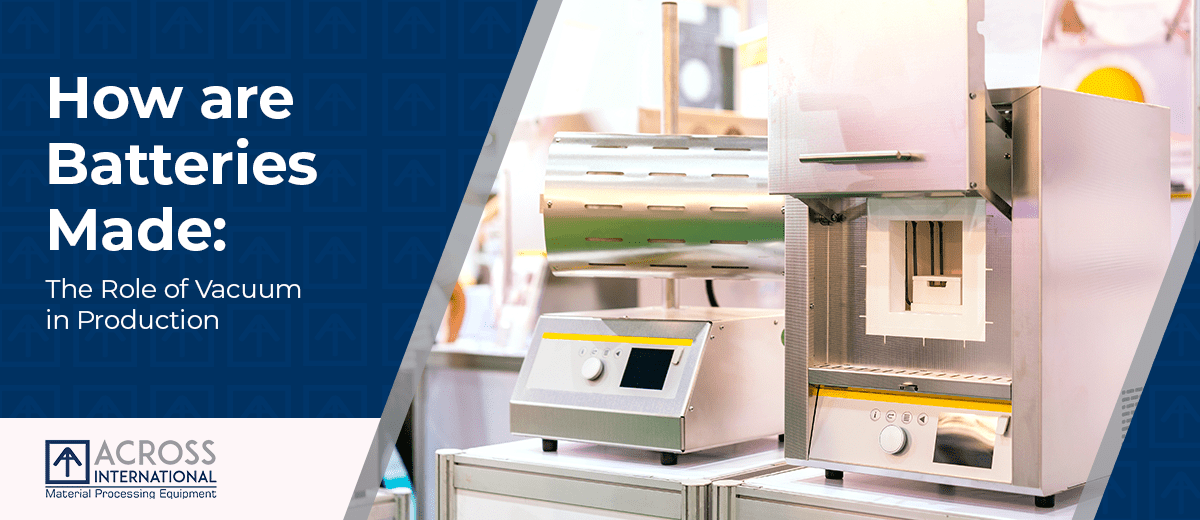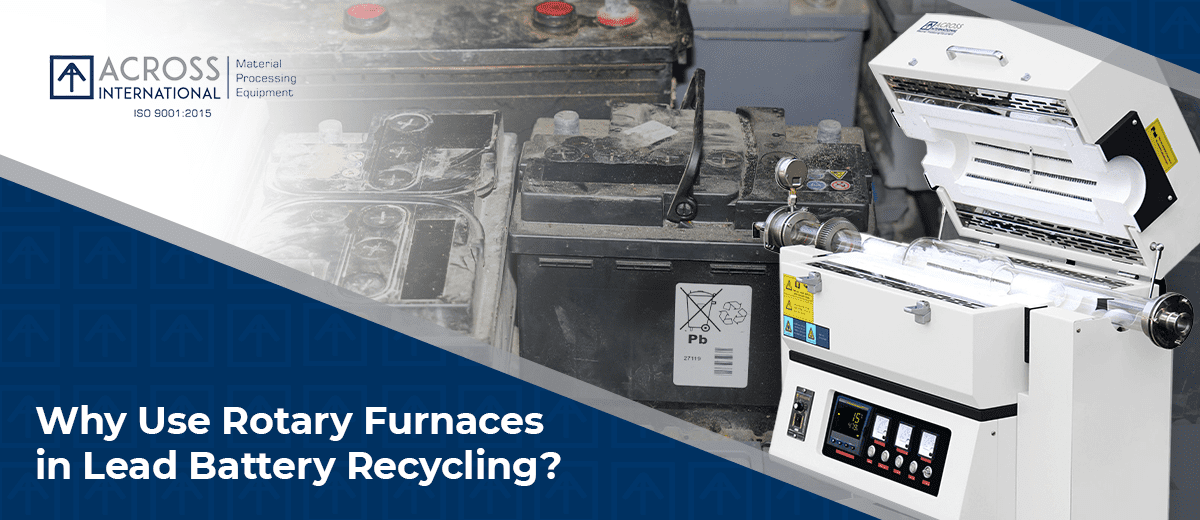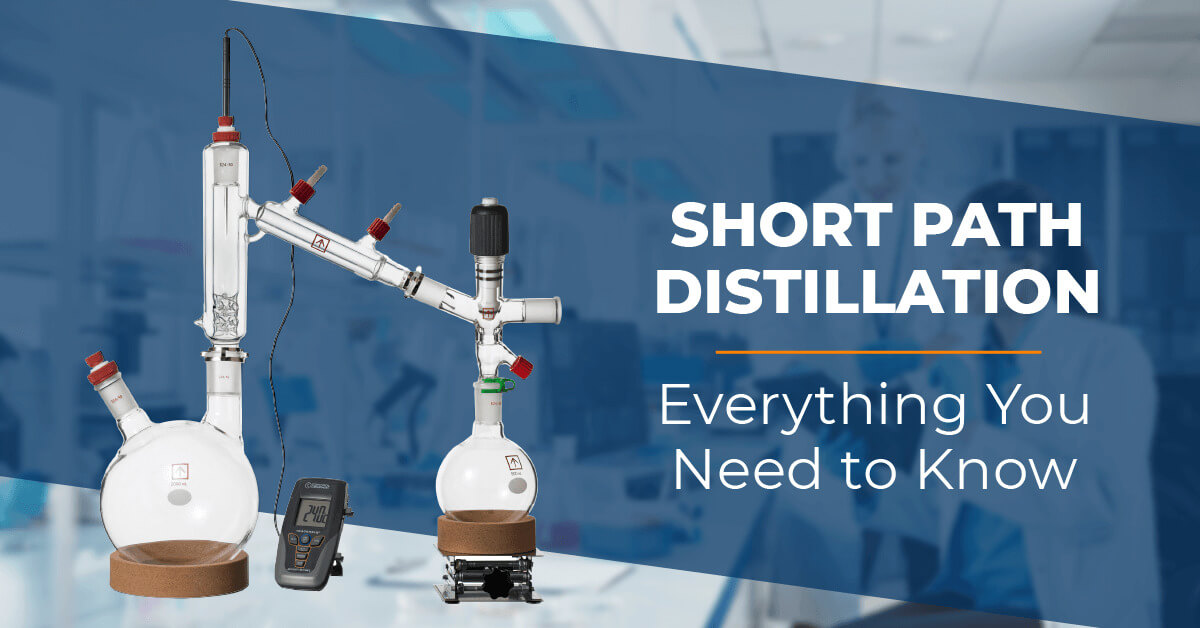We use cookies to make your experience better. To comply with the new e-Privacy directive, we need to ask for your consent to set the cookies. Learn more.
Importance of Recirculating Chiller
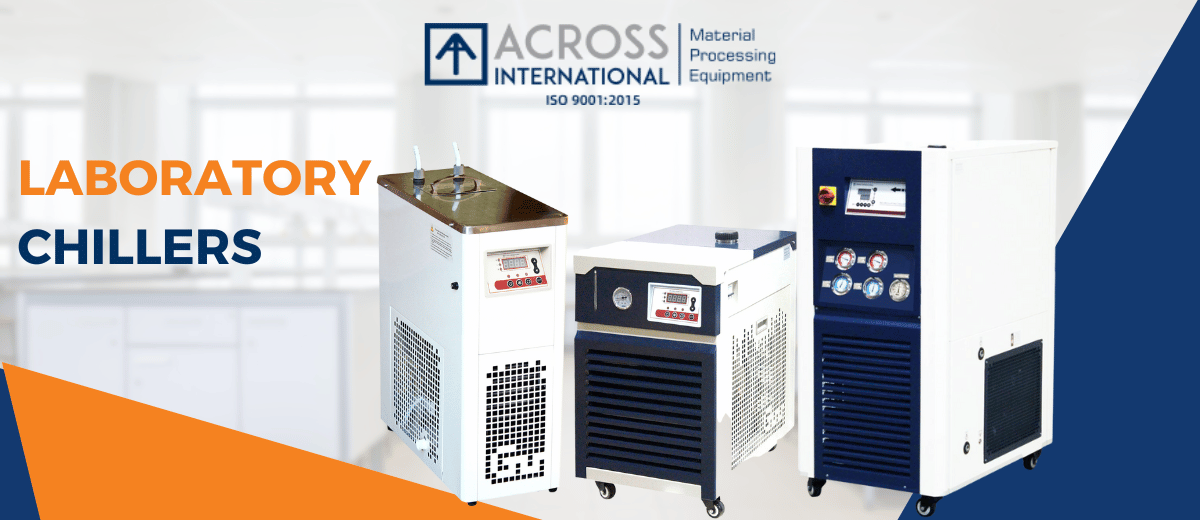
The evolution of the laboratory chiller is a fascinating tale of innovation that has transformed the scientific landscape. From humble beginnings with ice baths and manual cooling techniques, laboratory chillers have become indispensable tools in modern research, ensuring precise temperature control and enabling groundbreaking scientific discoveries
Early Methods of Temperature Control
In the early days of scientific experimentation, maintaining precise temperature control was a significant challenge. Scientists relied on rudimentary methods such as ice baths, mixtures of ice and salt, and even snow to cool samples and equipment. These techniques were often cumbersome, inefficient, and difficult to control, posing limitations on the scope and accuracy of scientific research.
The Advent of Mechanical Refrigeration
Various methods of controlling temperatures in the lab through mediums like water have been in use for hundreds of years. A laboratory chiller for example operates by removing heat from an object by transferring it to another, usually via a liquid. At first ice baths were standard, with 1851 bringing about the first ice machine. In 1851, James Harrison patented the first commercially successful ice-making machine, marking a turning point in the ability to control temperatures artificially. This technology laid the foundation for modern refrigeration systems, including laboratory chillers.
A quarter of a century later Carl Von Linde developed a method of liquifying large volumes of gas and paved the way for more modern refrigeration. This then leads to the first centrifugal water chiller, using a compressor. Over the last 200-plus years, chillers have evolved beyond ice baths adding features like single or double compressors, circulation control, and digital programming. This discovery paved the way for the development of more efficient and powerful refrigeration systems, further accelerating the progress of laboratory chillers.
What are lab chillers used for?
Temperature Control in the lab has many uses, from everyday procedures to exacting control requirements to keeping equipment from overheating. Operating above or below room temperature requires a method of control that can be steadily maintained for prolonged periods. One of the most effective and cost-efficient ways to achieve this is a recirculating chiller. Chillers have found a home in multiple fields, not just in the lab, with uses in industries such as welding equipment and machine tooling, air conditioning, and dehumidifiers, analytical equipment, or condensing vapors.
Lab chillers help maintain the accuracy of an experiment by eliminating a point of variation. Certain chemical reactions can only take place or may react differently at a set temperature. Not only that but they help to cut down on water waste by conditioning and recirculating the same water, saving tens of thousands of gallons. Lab chillers can be used to quickly drop a temperature or gently thaw a sample from deep freeze Depending on the degree of control you need, some applications are tolerant of a little variation so analog control can be enough. Applications where precise control within a degree is needed, then microprocessor control with feedback monitoring can provide info on not only your set point but the actual temperature and record the process for reporting.
Types of Lab Chillers and Their Limits
Choosing a laboratory chiller is based mainly on how low you need the temperature to get
A recirculating chiller can sometimes have an integrated bath for direct immersion or be set up for a closed or open loop system for external applications, or both. These chillers feature a pump and a built-in refrigeration system Recirculating chillers usually feature one or two condensers depending on how low a temperature it needs to reach. Recirculating Chillers can heat or cool, and depending on the medium used can cool to temperatures as low as -90°C. To reach such low temperatures, the use of specialized fluid such as ethynol is needed.
Manufacturers of lab chillers and circulating water baths
There are many reliable manufacturers of lab chillers and circulators we’ve seen over the years. Each of these companies consistently produces items that are durable and cover a range of uses. These include thermostats that can be attached to different vessels allowing users to customize their uses, complete systems, and immersion chillers. They even have process control systems capable of ranging from -150 to 550°C.
Across International Recirculating Chillers are available in a variety of cooling capacities, achievable temperature ranges, and reservoir volumes. These are perfect for separations, chemical reaction control, spectroscopy, and laboratory automation.
HUBER USA's mission is to provide superior customer service and after-sales support for our customers in North America for the Peter Huber Kältemaschinenbau AG in Germany. Huber is a technology leader for high precision thermoregulation solutions in research and industry. Our products ensure precise temperature control in laboratories, pilot plants and production processes from -125°C to +425°C.
Polyscience also covers use cases from benchtop chillers to high-capacity chillers with 33kW of cooling power or systems that cool with a facility’s water supply in a closed loop. High-capacity chillers are built for high-temperature environments with ambient conditions as high as 40°C/104°F. Their benchtop chiller models are ideal for uses like spectrophotometers and rotovaps and feature digital control, powerful pumps, and safety catches to protect subjects and the equipment.
JULABO has continually been setting new standards for liquid temperature control for more than 50 years. Our highly qualified engineers and technicians use their experience and expertise to continuously improve existing products as well as develop pioneering technologies for the future. Their goal is to always offer our customers the best possible solution.
Conclusion
Chillers can offer a degree of control to many applications, from cooling individual vessels, programming slow ramps in temperatures, replacing dry ice, cooling lasers, and more. Which lab chiller you go with will depend greatly on your need, how far you need the circuit to reach, how much heat needs to be drawn off, what the ambient temperature of the room is, and how large an item needs to be cooled.
Over the years Across International carried many brands, combinations, and sizes of chiller equipment, and we’re familiar with their ins and outs.. Let our Tech experts find the right chiller for your Lab today!


